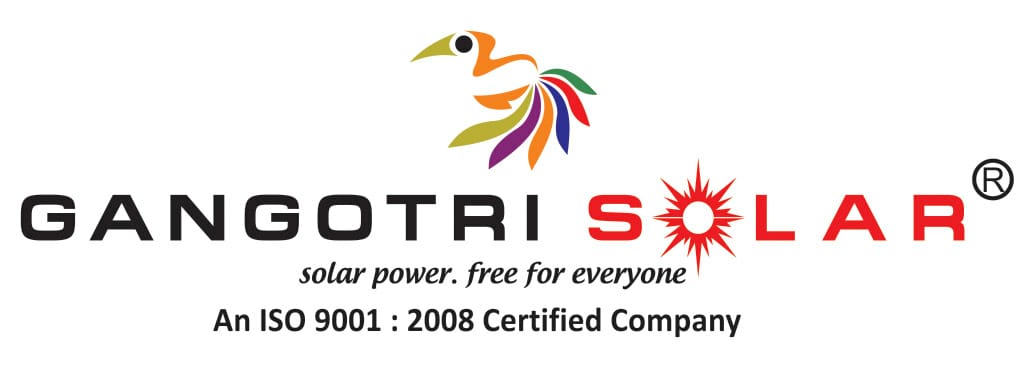A lead acid battery is a rechargeable battery that uses lead and sulphuric
acid to function. The lead is submerged into the sulphuric acid to allow a controlled chemical reaction.
This chemical reaction is what causes the battery to produce electricity. Then, this reaction is reversed to recharge the battery.
MATERIALS USED FOR LEAD ACID BATTERY
The primary active materials required to construct a lead acid battery are:
- Lead peroxide (PbO2): Dark brown, hard and brittle substance to form the positive plate.
- Sponge lead (Pb): The pure lead in soft sponge conditions creates the negative plate.
- Dilute sulfuric acid (H2SO4): A strong acid and a good electrolyte. It is highly ionised, and most of the heat released in dilution comes from the hydration of the hydrogen ions. It is used for the lead acid battery with a ratio of water: acid = 3:1.
HOW DOES A LEAD ACID BATTERY WORK?
The lead acid storage battery is formed by dipping the lead peroxide plate and sponge lead plate in dilute sulfuric acid. An electric current is connected externally between these plates. In diluted sulfuric acid, the acid molecules split into positive hydrogen ions (H+) and negative sulfate ions (SO4 − −). When it reaches the PbO2 plate, the hydrogen ions receive electrons from it and become hydrogen atom which again attacks PbO2 and forms PbO and H2O (water). This PbO reacts with H2 SO4 and forms PbSO4 and H2O (water).
SO4− − ions (anions) move towards the electrode (anode) connected with the positive terminal of the DC source, where they will give up their extra electrons and become radical SO4. This radical SO4 cannot exist alone; hence reacts with PbSO4 of anode and forms lead peroxide (PbO2) and sulfuric acid (H2SO4).
WHEN A BATTERY IS CHARGED
Charging is a process that reverses the electrochemical reaction. It converts the electrical energy from the charger into chemical energy in the battery. However, a battery does not store electricity; it keeps the chemical energy necessary to produce electricity.
A battery charger reverses the current flow, providing that the charger has a greater voltage than the battery. The charger creates an excess of electrons at the negative plates, and the positive hydrogen ions are attracted to them. The hydrogen reacts with the lead sulfate to form sulfuric acid and lead, and when most of the sulfate is gone, hydrogen rises from the negative plates. The oxygen in the water reacts with the lead sulfate on the positive plates to turn them again into lead dioxide, and oxygen bubbles rise from the positive plates when the reaction is almost complete. This is called gassing.
SELF-DISCHARGE
One not-so-nice feature of lead acid batteries is that they discharge all by themselves, even if not in use. A general rule of thumb is a one per cent per day self-discharge rate. This rate increases at high temperatures and decreases at colder temperatures.
CHANGE OF ELECTROLYTE OF LEAD ACID BATTERY AFTER CHARGING AND DISCHARGING
When the lead battery is discharged, the sulfuric acid in the electrolyte decreases continuously, the water increases gradually, and the specific gravity of the solution falls.
When the lead acid battery is charged, sulfuric acid in the electrolyte keeps increasing, water gradually decreases, and the specific gravity of the solution rises.
In practical terms, the change of electrolyte specific gravity determines the charging condition of lead acid batteries. That’s why it is important to water batteries consistently, to ensure you get the most out of the batteries.

